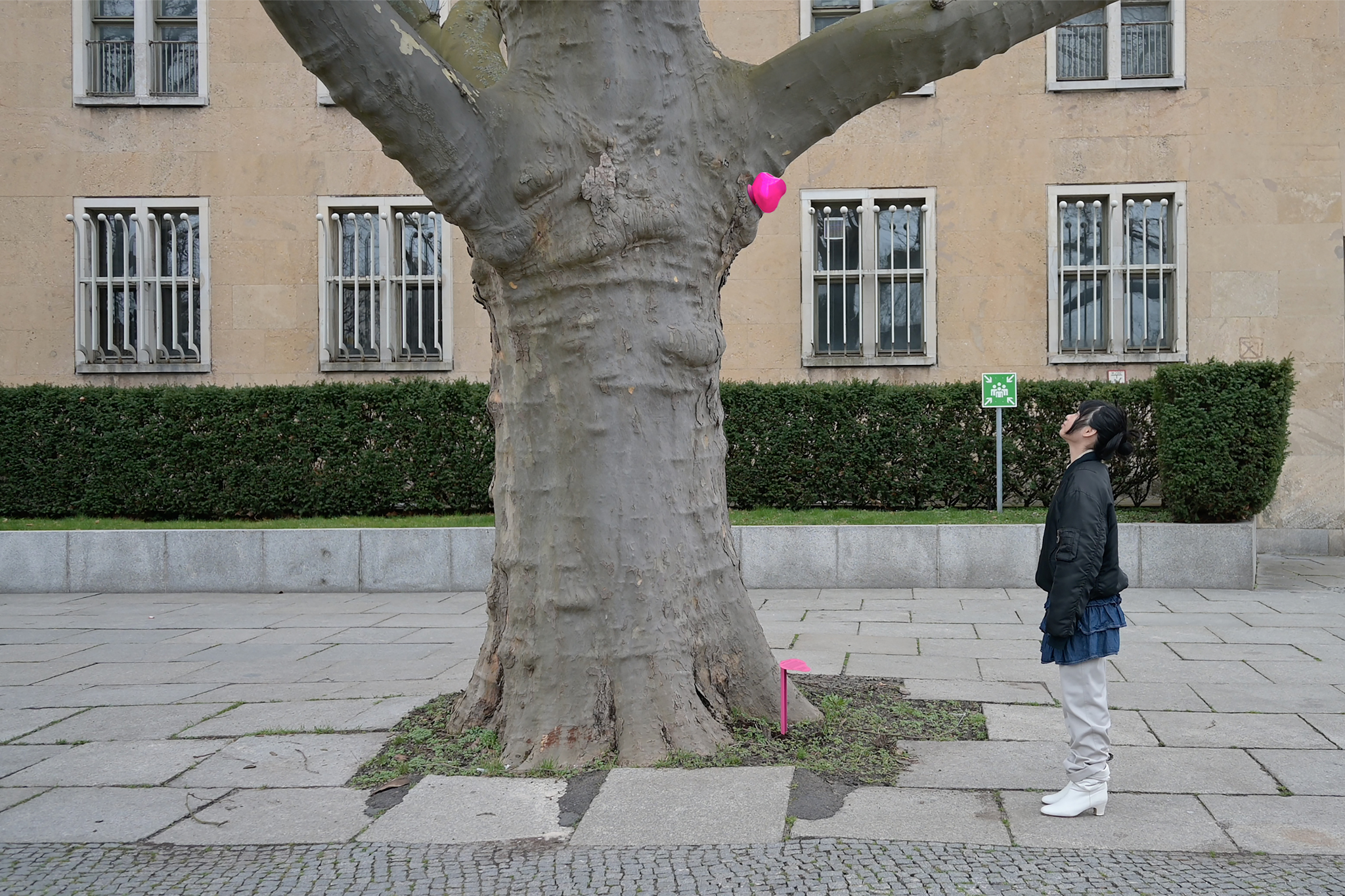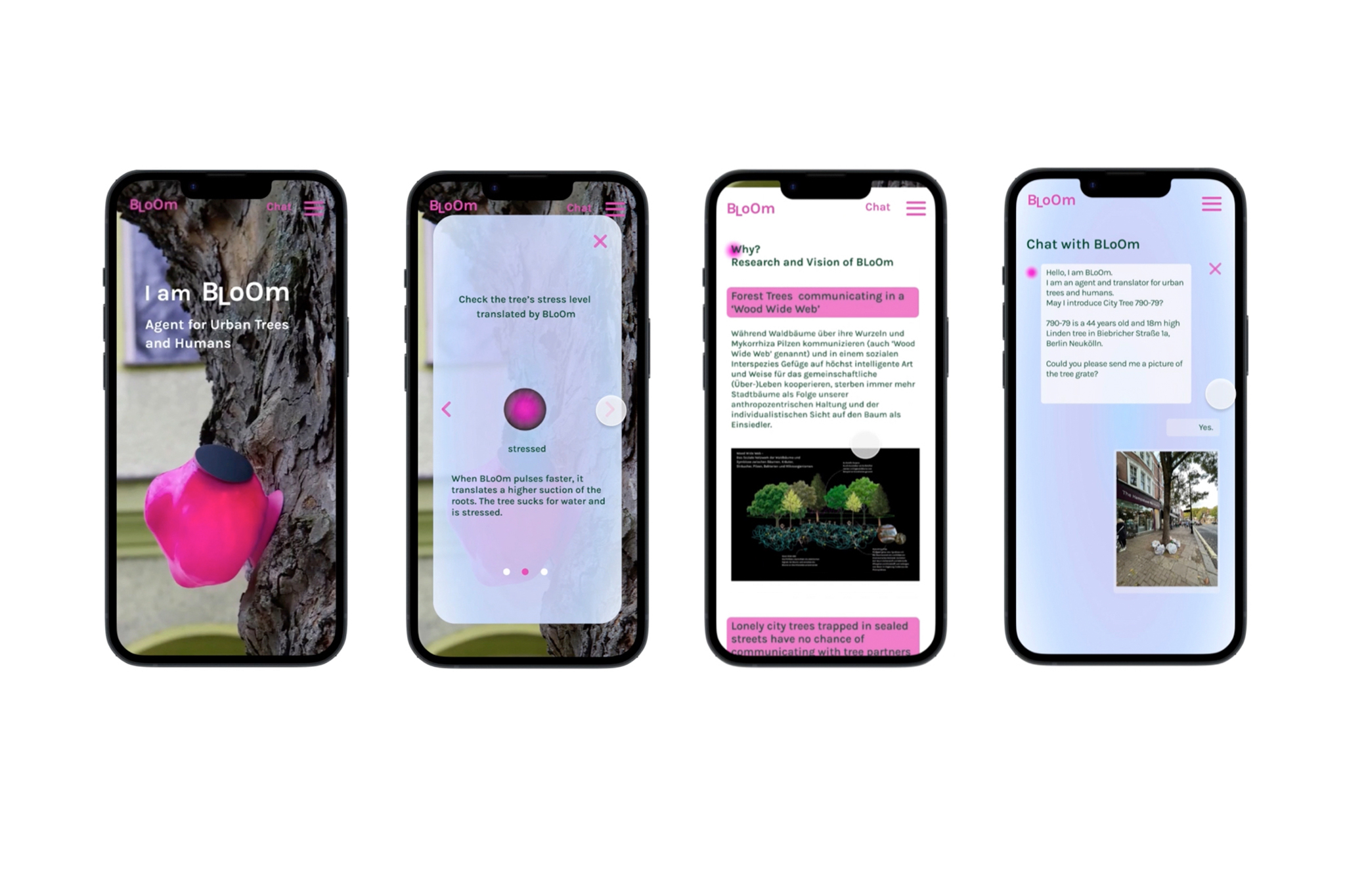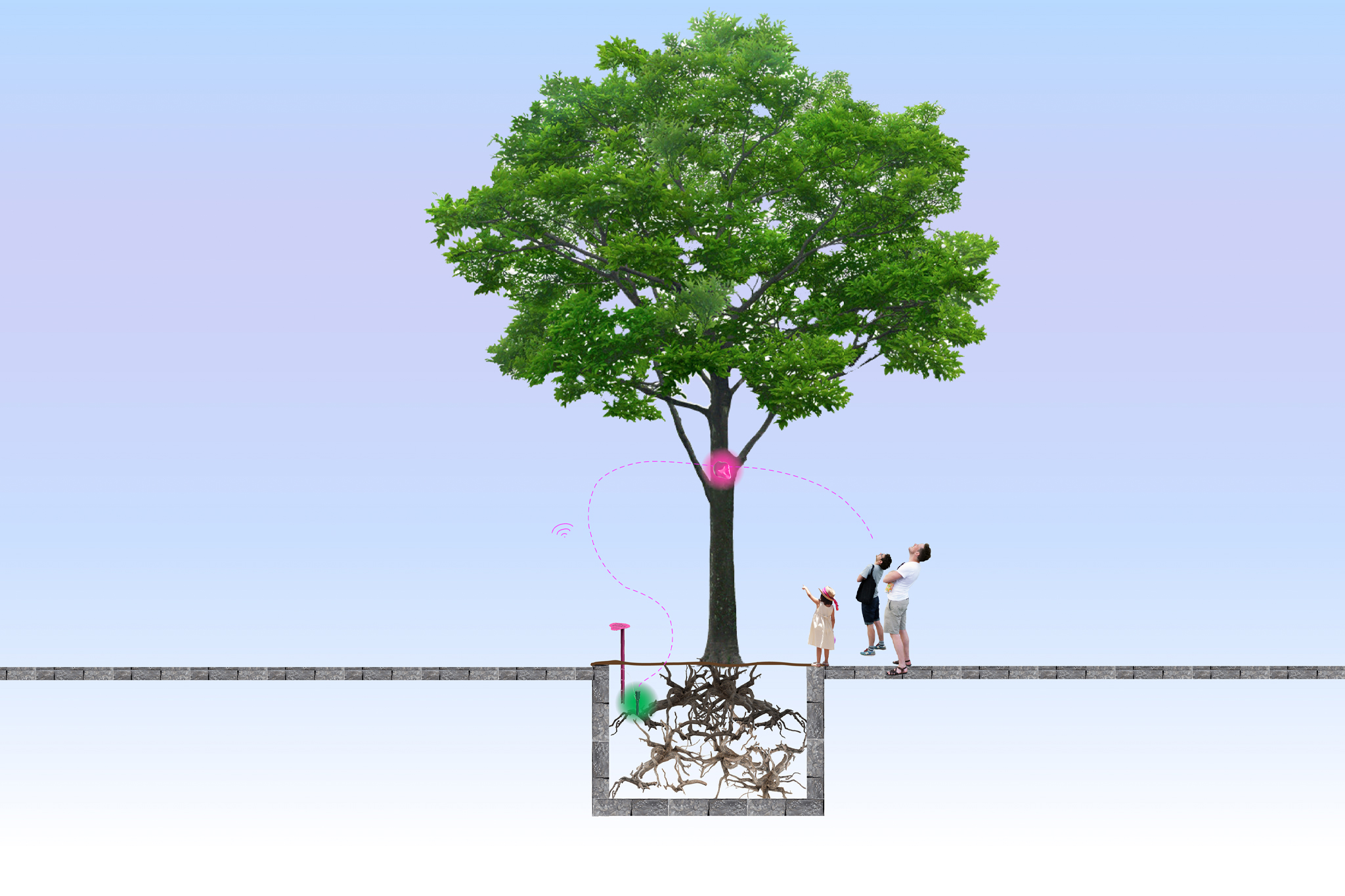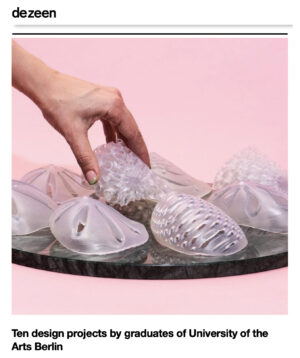BLoOm – connecting urban trees and humans | Masterarbeit 2023
Functional and technical requirements of people are structurally placed before the needs of trees in urban planning. While forest trees communicate through their roots and mycorrhizal fungi (also called ‚Wood Wide Web‘) and cooperate in a social interspecies structure in a highly intelligent way for communal survival, city trees often appear as lonely creatures, isolated from each other due to the urban landscape humans created. Their communication and calls for help during times of stress often go unheard because they lack a network to communicate with and humans lack the empathy and the capability to understand their signals.
This is where BLoOm comes in : As an artificial agent that bridges the gap between trees and humans by translating the trees’ communication skills into a language humans can understand.
Its artificial glowing pink fruiting body expands the communication capabilities of trees: BLoOm works in an IoT network, communicating with a sensor on the roots of the tree that measures the suction force of the roots. This information is then translated into a pulsing light. A low suction force is translated with a calm pulsation, indicating that the tree is relaxed. A strong suction force results in a fast pulsing, showing a stressed tree. In an emergency situation, the tree calls for help via a red, hectic pulsing BLoOm.
When BLoOm is on, it works self-sufficiently through an integrated solar foil and pulses as long as the collected energy lasts. It shuts off at dusk to prevent urban light pollution and to avoid interfering with the natural behavior of insects.
Inspired by fungi that grow on tree trunks and can indicate poor health, BLoOm’s body alone is a signal of stressed conditions of urban trees.
One key aspect of this approach is designing BLoOm with a low-tech production process that can be easily replicated and adapted in different contexts. A blueprint of BLoOm can be produced and modified in local fablabs using digital production techniques, allowing each tree to wear its own uniquely shaped fruiting body, while also empowering local communities to take ownership of the production process.
By chatting with BLoOm, we can share our observations and experiences of the tree. This data complements the quantitative data collected on urban trees in Berlin by other platforms, allowing for a more complete empathetic understanding of the health of urban ecosystems.
Transforming the artificial into an actual player in our ecosystem, my vision with BLoOm is to create a medium for promoting empathy and understanding between humans and the trees in our cities. I believe that through actual interspecific interaction and understanding, we can enable a new form of flourishing connections with the natural world.

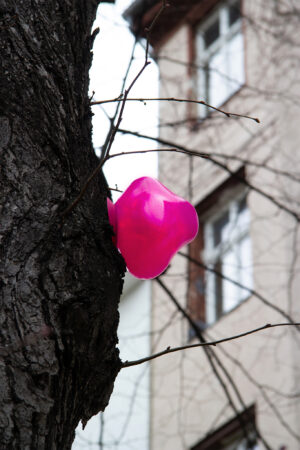
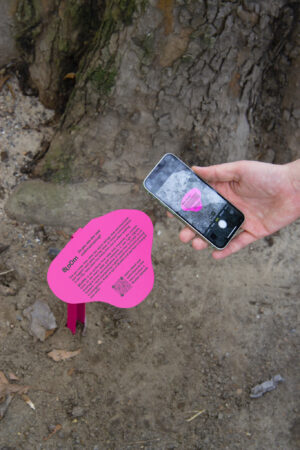
Prozess


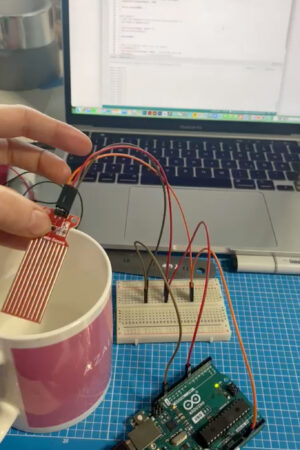
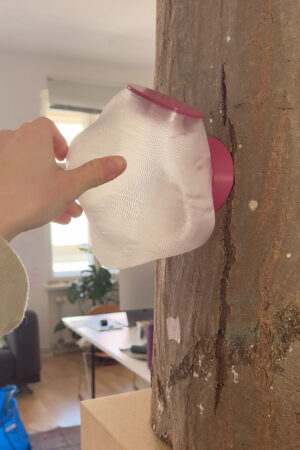

Betreut durch: Prof. Ineke Hans, Prof. Lukas Feireiss, KM Maciej Chmara
